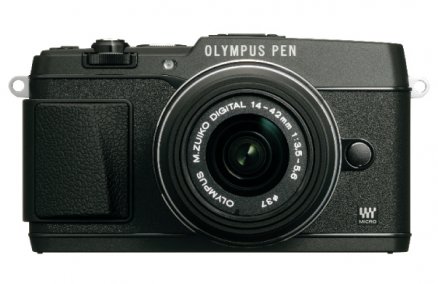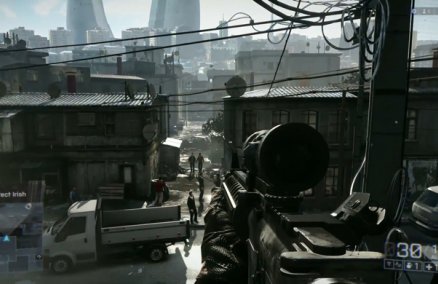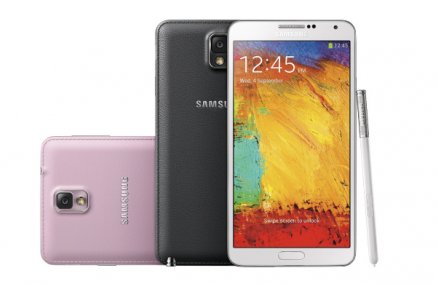1. Panasonic Toughbook C1
True to the name, Panasonic’s range of Toughbooks are so tough that they can practically withstand the weight of an elephant (OK, maybe a really tiny one). With a special magnesium-alloy casing and custom damping materials, they are designed to withstand 100kg of pressure. The Toughbook C1 is also the world’s lightest 12.1” convertible tablet PC and one of the first laptops to support multi-touch, so you can use either your digits or an electronic stylus to input info through the screen.
$3,199 from Challenger, #06-00 Funan DigitaLife Mall, 109 North Bridge Rd., 6339-9008.
2. Casio Exilim EX-G1
Casio’s G-Shock co-branded EX G-1 compact camera isn’t afraid of anything. Shock-proof, dust-proof, water-proof (up to 3m) and freeze-proof (up to -1 degrees), this 12-megapixel toughie will boldly go where most men dare not. Coated in a layer of hardened rubber, this shockproof camera will keep on shooting even after a 7ft. drop. One of the more interesting features is its time-lapse function allowing you to capture great nature or sports shots.
$549 from Best Denki, #05-01/05 Takashimaya Shopping Centre, 391 Orchard Rd., 6835-2855.
3. LaCie Rugged Hard Disk
What’s the point of bringing your rugged laptop on a hike up that mountain if you can’t take a breather to watch some videos you’ve downloaded off the net? Your average hard disk would be in a hundred pieces … but not LaCie’s Rugged Hard Disk. This baby is really tough with its rubber-wrapped aluminum case complete with four shock absorbers. Comes in 320GB and 500GB with either USB 2.0 or FireWire connections.
From $239 at South Asia Computer, #03-01/41, Funan DigitaLife Mall, 109 North Bridge Rd., 6337-0871.
Advertisement


















